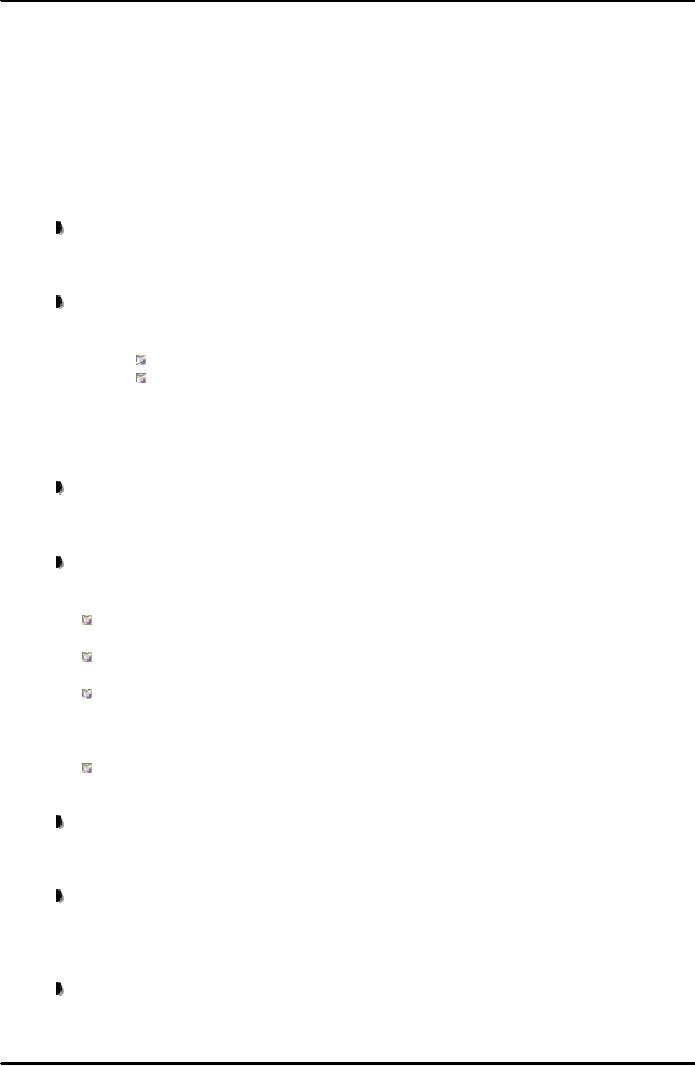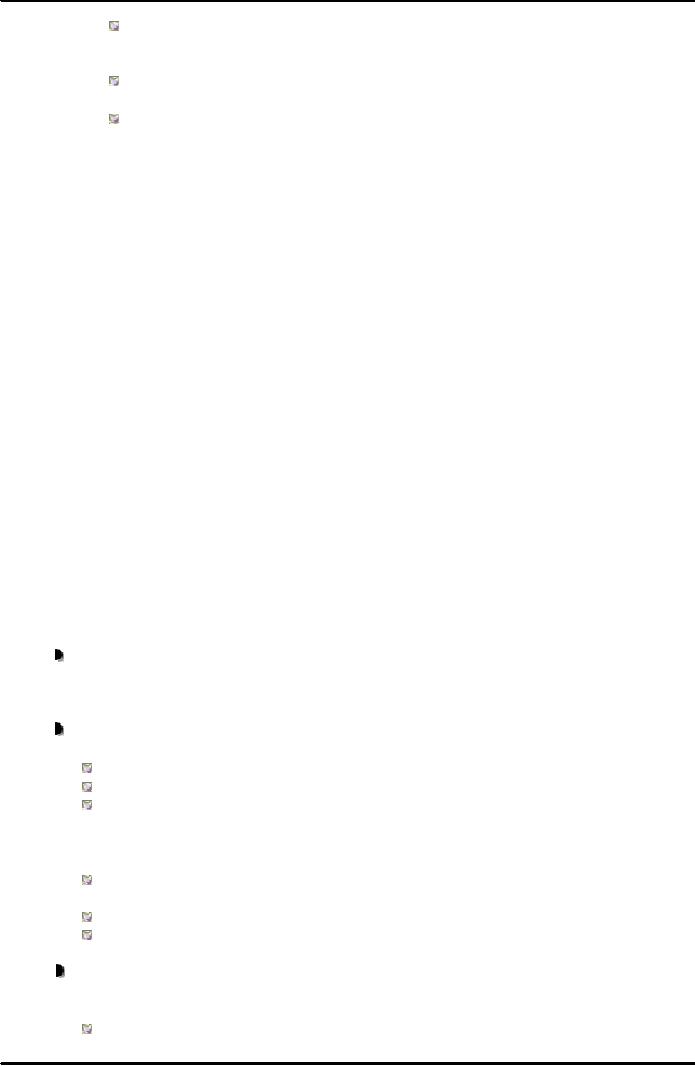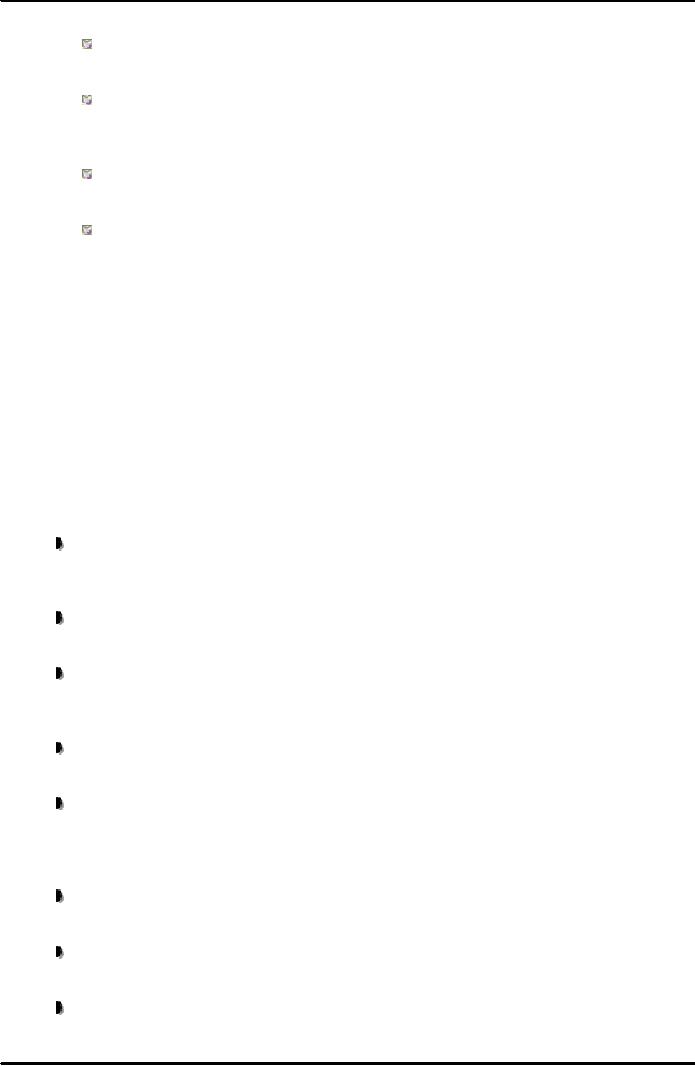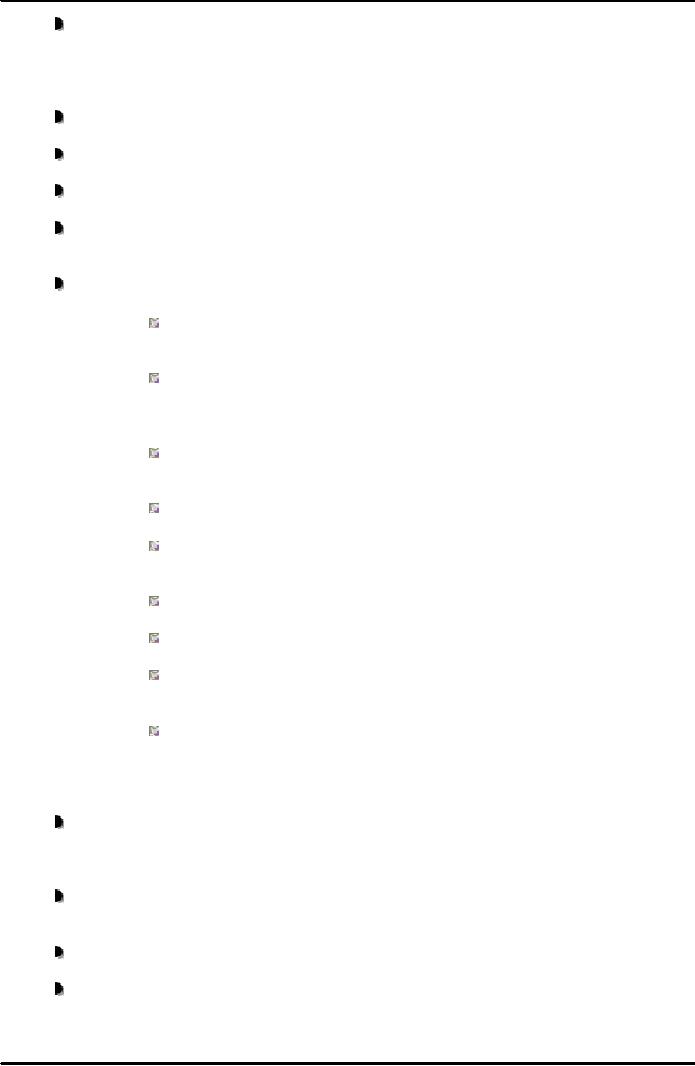 |
ELECTRONIC TRANSACTIONS ORDINANCE, 2002 - 2 |
| << ELECTRONIC TRANSACTIONS ORDINANCE, 2002 - 1 |
| ELECTRONIC TRANSACTIONS ORDINANCE, 2002 - 3 >> |

E-COMMERCE
IT430
VU
Lesson
42
ELECTRONIC
TRANSACTIONS ORDINANCE, 2002
(ETO) (CONTINUED....)
An
originator can attach a
condition with the electronic communication
that it would be deemed to
be
sent
only if the addressee acknowledges
its receipt. An originator
can also specify the mode in
which
the
acknowledgment would be acceptable.
Then only such mode
can be used for sending
the
acknowledgment.
Section
14 is the relevant provision in this
behalf:
"14.
Unless otherwise agreed
where the originator has
stated that the electronic
communication
is
conditional on receipt of acknowledgment,
the electronic communication is treated as
though
it has never been sent,
until the acknowledgment is
received.
Where
the originator has not
agreed with the addressee
that the acknowledgment be given in
a
particular
form or by a particular method, an acknowledgment
may be given by:
any
communication, automated or otherwise, by the
addressee ; or
any
conduct of the addressee, sufficient to indicate to
the originator that the
electronic
communication is received."
Section
15 of the ETO provides guideline
as regards the place and time of
dispatch and receipt of
an
electronic
communication in the following
terms:
"15.
Unless otherwise agreed
between the originator and the
addressee, the dispatch of an
electronic
communication occurs when it enters an
information system outside the
control of
the
originator.
Unless
otherwise agreed between the
originator and the addressee, or
unless proved
otherwise,
the time of
receipt of an electronic communication is determined as
follows:
If the
addressee has designated an
information system for the
purpose of receiving the
electronic
communication, receipt occurs:
At the time when
the electronic communication enters the designated
information system;
or
If the electronic
communication is sent to an information
system of the addressee that
is
not
the designated information system, at the
time when the electronic communication is
retrieved by the
addressee;
If the
addressee has not designated
an information system, receipt
occurs when the
electronic
communication enters an information
system of the addressee.
Sub-section
(2) applies notwithstanding
that the place where the
information system is
located
may be
different from the place
where the electronic communication is deemed to be
received
under
subsection (4).
Unless
otherwise agreed between the
originator and the addressee, an
electronic
communication is
deemed to be dispatched at the place
where originator ordinarily
resides or
has
his place of business, and
is deemed to be received at the place
where the addressee
ordinarily
resides or has his place of
business.
For
the purpose of this section:
167

E-COMMERCE
IT430
VU
If the
originator or the addressee has
more than one place of
business, the place of
business
is that which has the
closest relationship to the underlying
transaction or,
where
there is no underlying transaction, the
principal place of
business;
If the
originator or the addressee does
not have a place of
business, reference is to be
made
to the usual place of residence ;
and
"Usual
place of residence" in relation to a
body corporate, means the place
where it is
incorporated or
otherwise legally
constituted."
Note
that sub-sections 1-3 of the
above section deal with the
time of dispatch and receipt of an
electronic
communication. In
general terms, an electronic communication is
deemed to have been sent by
an
originator
at the time it enters the information
system beyond the control of the
originator. On the other
hand,
it is deemed to be received by the
addressee at the time it enters his
information system or
his
designated/specified
information system. Note
that the determination of time of
dispatch and receipt of
the
electronic
communication is crucial with regard to
the calculation of limitation period in
which a legal action
has to
be taken by a party.
Remember
that under the law a legal action is
ordinarily initiated within a
specified time period, beyond
which
such an action is not maintainable. This
is called the law of limitation.
Main idea behind the law
of
limitation
is that a party should be vigilant/alert in
bringing its claim in a
court of law. Sub-section
4
provides the
guideline as to how the place of dispatch
and receipt of an electronic communication
can be
determined.
Basically, it describes the place of
dispatch and receipt of an electronic
communication to be
where
the originator or the addressee
ordinarily reside or have
their respective
businesses.
Note
that the determination of place of
dispatch and receipt of electronic
communication is important to
fix
the territorial jurisdiction. Territorial
jurisdiction refers to the legal
competence or right of a court of
a
particular
area/territory to entertain and decide a
case.
Section
16 states
that no one shall have a
legal right to insist upon
an appropriate authority to create,
issue,
accept
or retain a document in electronic form. However,
where an appropriate authority under a
law issues,
creates,
retains, accepts or provides any
mechanism for payment/transaction, it, on
its own, can decide
that
a document
would be in electronic form for the
above purposes. Also, it
would be entitled to specify
the
manner/format
for any such documents,
procedures, the type of electronic signatures
etc. This provision is
reproduced
here for a reference:
"16.
Nothing contained hereinbefore shall confer a
right upon any person
that any appropriate
authority
should accept issue, create, retain,
preserve any document in electronic form
or effect
monetary
transaction in electronic form.
Any
appropriate authority pursuant to any
law or procedure:
Accepts
the filing of documents, or requires
that documents be created or
retained;
Issues
any permit, certificate, license or
approval; or
Provides
for the method and manner of
payment, procurement or
transaction
May
notwithstanding anything contained to the contrary in
such law or
procedure:
Accept the
filing of such documents, or
creation or retention of such
documents in the
form
of electronic documents;
Issue
such permits, certificate,
licence or approval in the form of electronic
document; or
Make
such payment, procurement or transaction
in electronic form.
In any
case where an appropriate authority
decides to perform any of the
functions in clause
(1)
(i), (ii) and (iii) of
sub-section (2) may
specify:
The
manner and format in which
such electronic documents shall be
filed, created,
retained
or issued;
168

E-COMMERCE
IT430
VU
When
such electronic document has to be
signed, the type of electronic
signature,
advanced
electronic signature or a security
procedure required;
The
manner and format in which
such signature shall be
affixed to the electronic
document,
and the identity of or criteria that
shall be met by any
certification service
provider
used by the person filing the
document;
Control
process and procedures as appropriate to
ensure adequate integrity,
security and
confidentiality
of electronic documents, procurement, transactions or
payments; and
any
other required attributes for electronic
documents or payments that
are currently
specified
for corresponding paper
documents."
Note
that the above provision provides the
legal basis for
e-government.
Under
Section 17 a
certification service provider,
which is not accredited, can
still be engaged in
providing
certification
services. Note that a
certification service provider is the
same as a certification authority
you are
familiar
with. Section 18 provides that the
Federal Government shall
establish a Certification Council,
which
is a high level body comprising five
members. The qualifications of the
members of the Council
are
mentioned in
Section 19. The Council
shall have its own
fund under Section 20. The
functions of the
Certification
Council are described in
Section 21. Mainly, the council
would grant, renew, suspend,
revoke
any
accreditation certificates to the
certification service providers, and
would monitor compliance
of
certification
service providers with the provisions of
the ordinance. It would also
be responsible for
setting
up and
maintaining a repository/database where information
about accreditation certificates and
digital
certificates
issued to the subscribers would be
placed and accessible by
public at large. For quick
reference
the relevant
provisions are quoted below:
"17.
Nothing in this Ordinance shall impede or
in any way restrict the rights of
any certificate
service
provider to engage in the business of
providing certification services
without being
accredited.
No
person shall hold himself
out as an accredited certification
service provider unless he
holds
a
valid accreditation certificate issued under
section 24 by the Certification
Council."
"18.
Within sixty days of the promulgation of
this Ordinance, the Federal Government
shall,
by
notification in the official Gazette,
constitute a Certification Council to be
known as
Electronic
Certification Accreditation
Council.
The
Certification Council shall be a
body corporate with perpetual succession
and a common
seal,
and shall by the said name
sue or be sued.
The
Certification Council shall
comprise of five members,
with four members from the
private
sector.
One of the Members shall be designated as
the chairman."
"19.
of the five members of the Certification
Council:
One
shall be telecommunications engineer
with at least seven years
work experience, of
which
at
least one year is in the
field of cryptography services;
Two
shall be professional or academics
with at least seven years
work experience in the field
of
information
technology;
One
shall have an administrative background
with at least seven years
experience in a private or
public
organization; and
169

E-COMMERCE
IT430
VU
One
member shall be an advocate
with at least seven years
experience and adequate
knowledge
of
laws relating to information technology
and telecommunications."
"20.
the funds of the Certification
Council shall comprise
of:
Grants
from the Federal
Government;
Fee
for grant and renewal of
accreditation certificate;
and
Fee,
not exceeding ten Rupees,
for every certificate deposited in the
repository; fines."
"21.
The
Certification Council shall
perform such functions as
are specified in this Ordinance
or may
be prescribed.
Without
prejudice to the generality of the foregoing
subsection, the Certification Council
shall:
Grant
and renew accreditation certificates to
certification service providers,
their
cryptography
services and security
procedures;
Monitor
and ensure compliance by
accredited certification service
providers
with
the terms of their accreditation
and revoke or suspend accreditation in
the
manner
and on the grounds as may be
specified in regulations;
Monitor
compliance of accredited certification
service providers with the
provisions of this
Ordinance;
Establish
and manage the repository;
Carry
out research and studies in
relation to cryptography services and to
obtain
public
opinion in connection therewith;
Recognize
or accredit foreign certification
service providers;
Encourage
uniformity of standards and
practices;
Give
advice to any person in
relation to any matter
covered under this
Ordinance;
Make
recommendations to an appropriate authority in
relation to the matters
covered
under this Ordinance."
For
the creation/management of information repository,
there is Section
23 in the ETO as
follows:
"23.
The Certification Council
shall establish and manage a
repository for all accreditation
certificates,
certificates issued by accredited
certification service providers and
for such other
information
as may be specified in regulations
made by the Certification Council.
The
Certification Council shall
take appropriate measures to ensure the
security of all
information
contained in the repository.
All
information contained in the repository shall be open
to public inspection.
Notice
of suspension or revocation of any
accreditation or of certificate issued by an
accredited
certification
service provider, shall be
posted in the repository within the
prescribed time."
170
Table of Contents:
- E-COMMERCE
- WHAT IS A NETWORK
- HOW MANY CLASS A, B, C NETWORKS AND HOSTS ARE POSSIBLE
- NETWORKING DEVICES
- BASICS OF HTML 1
- BASICS OF HTML 2
- TEXT BOXES, CHECK BOXES, RADIO BUTTONS
- FRAMES AND IMAGES IN HTML
- TAG ATTRIBUTES, SOUNDS FILES, ANIMATIONS
- STYLE SHEETS 1
- STYLE SHEETS 2
- SOME USEFUL STYLE SHEETS PROPERTIES
- JAVA SCRIPTING 1
- JAVA SCRIPTING 2
- JAVA SCRIPTING 3
- JAVA SCRIPTING AND XML
- CLIENT AND SERVER SIDE PROCESSING OF DATA
- APPLETS, CGI SCRIPTS
- MAINTAINING STATE IN A STATELESS SYSTEM
- INTEGRATION WITH ERP SYSTEMS
- FIREWALLS
- CRYPTOGRAPHY
- HASH FUNCTION AND MESSAGE DIGEST
- SYMMETRIC KEY ALGORITHMS
- VIRTUAL PIN PAYMENT SYSTEM
- E-CASH PAYMENT SYSTEM 1
- E-CASH PAYMENT SYSTEM 2
- SECURE SOCKET LAYER (SSL)
- E-BUSINESS: DISADVANTAGES OF E-BUSINESS
- E-BUSINESS REVENUE MODELS
- E-MAIL MARKETING
- CUSTOMER RELATIONSHIP MANAGEMENT (CRM)
- META INFORMATION
- DATA MINING
- CONFIDENCE AND SUPPORT
- ELECTRONIC DATA INTERCHANGE (EDI)
- PERSONAL FINANCE ONLINE
- SUPPLY CHAIN
- PORTERíS MODEL OF COMPETITIVE RIVALRY
- BARRIERS TO INTERNATIONAL E-COMMERCE
- ELECTRONIC TRANSACTIONS ORDINANCE, 2002 - 1
- ELECTRONIC TRANSACTIONS ORDINANCE, 2002 - 2
- ELECTRONIC TRANSACTIONS ORDINANCE, 2002 - 3
- GLOBAL LEGAL ISSUES OF E-COMMERCE - 1
- GLOBAL LEGAL ISSUES OF E-COMMERCE - 2